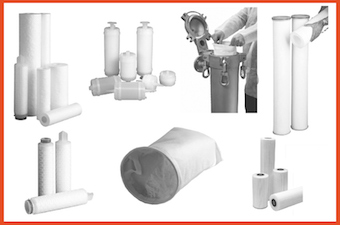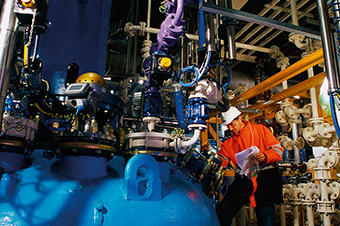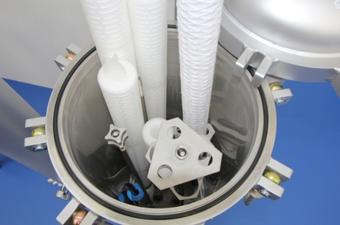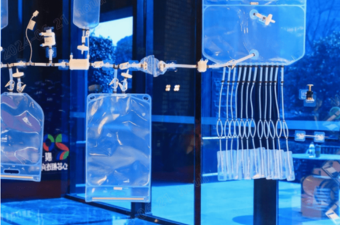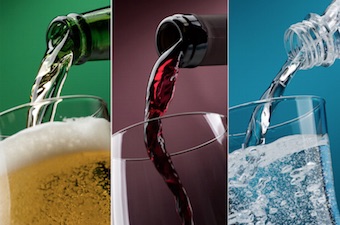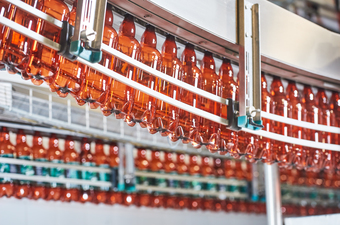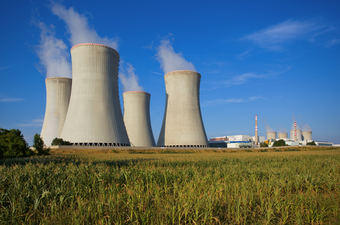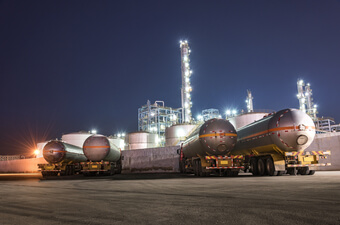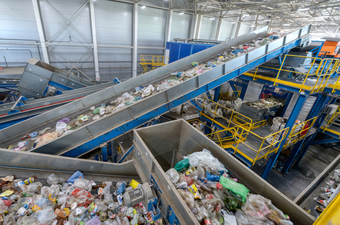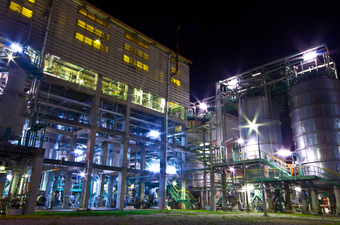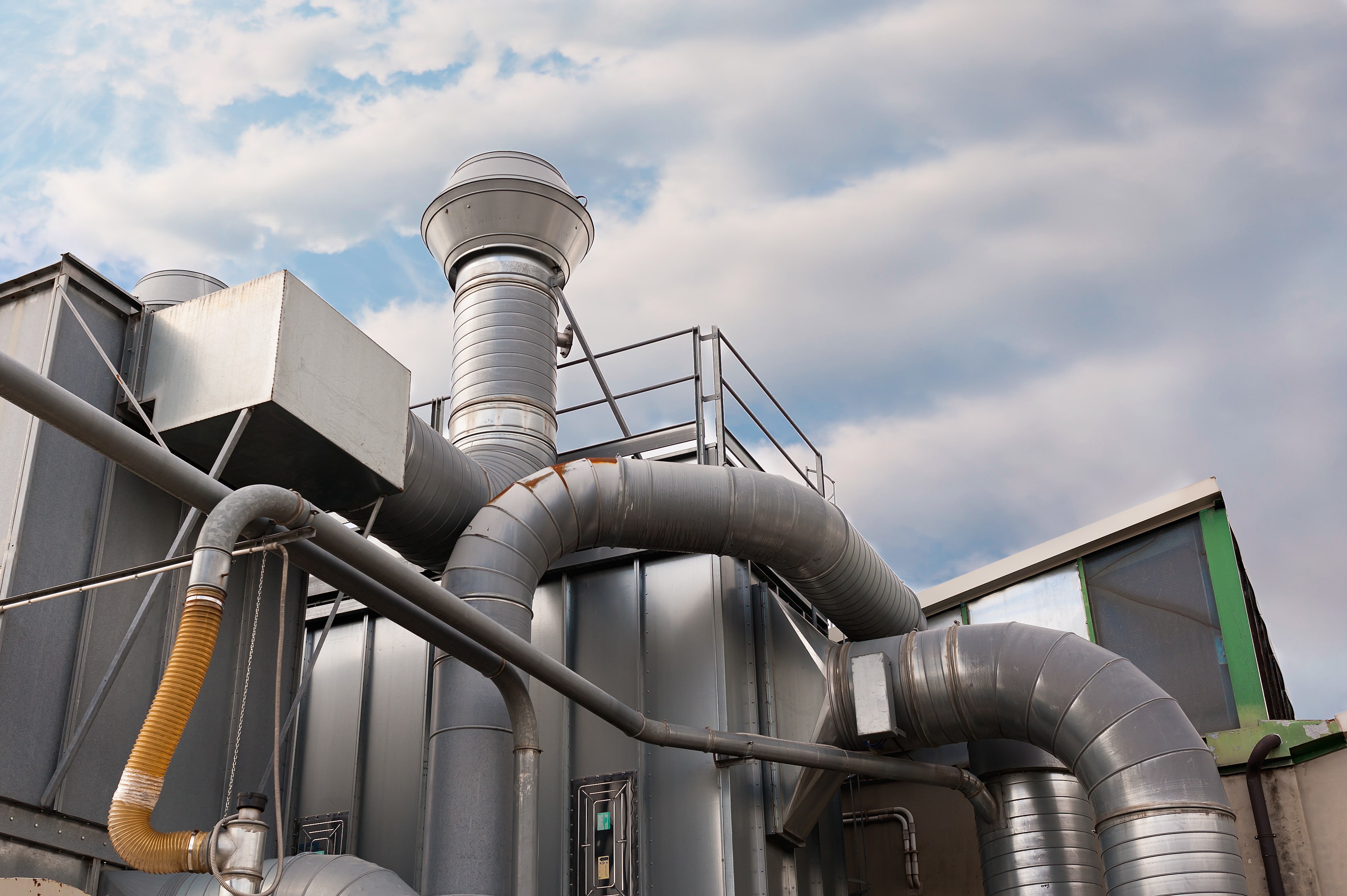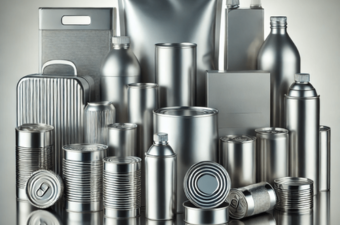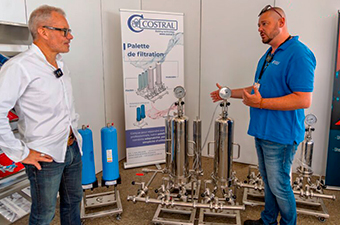Correct filter sizing is important to ensure that filtration (and running) costs are minimised. Undersized systems will result in high initial pressure losses, short life and, ultimately, a disappointed operator.
The approach to filter sizing will differ depending on whether the application involves long-term use or whether the filter is to be used on a short-term basis only - for batch processing, for example. Failure to take these differences into account will result in poorly specified systems and higher than expected (operational) costs.
The impact of undersized filters in beverage production
In applications where filters are used in long-term continuous processes, it is essential to ensure that filters are not undersized. If they are, and often in order to reduce initial investment costs, the result will be a high flow rate (unit flow rate per filter area) which will cause premature filter clogging and reduce throughputs. This will affect the efficiency and productivity of the process in the future, as filters will have to be changed more frequently. In addition, overall filtration costs will increase, as more filter cartridges will be used. Maintenance time, increased process downtime and product losses are also negative consequences of an incorrectly sized filter.
Figures 1 and 2 show the negative effect that high flow rates can have on filter life.
Figure 1: Effect of increasing flow rate on flow capacity
Figure 2: Effect of increasing flow rate on retention capacity

It is generally accepted that for a given flow rate, undersizing the filter by a factor of 2 (i.e. selecting a filter at half of what it should be) will reduce the filter's life by a factor of 3. IT'S NOT LINEAR, contrary to what many people think.
From the example below, we can see that reducing the size of a filter system to reduce installation costs will ultimately result in higher than expected running costs.

In this example, inappropriate sizing increases operating costs by 50%.
General recommendations for filter sizing
Filtration systems can be dimensioned according to a number of factors, including the initial differential pressure, the concentration of insolubles to be retained, space limitations, and so on. But flow rate is probably the most important criterion. We provide general guidelines on sizing filters according to flow rate, which takes into account the different design and manufacturing configurations of the filter (see various tables below according to the nature of the beverage to be filtered).
It should be noted that this basic guidance cannot take into account specific process attributes (on a project-by-project basis) that require special consideration, such as:
- viscosity and/or temperature of the filtered liquid
- particulate concentration upstream of the filter
- nature of the contaminant, e.g. solid or deformable material and/or organic/oil contamination
Filtration of beer and brewed products
Beer covers a wide range of products, but these guidelines apply equally to cask ales and bottled beers. Some manufacturers pasteurise their beers to ‘sterilise’ them. It would appear that, in some cases, pasteurisation degrades the taste of the beer.

This is why cold microbiological stabilisation is increasingly used, which ensures that the beer retains its unique characteristics (colour, clarity, taste, bitterness or sweetness). This is achieved by using filter membranes to retain any biologically harmful micro-organisms. This result depends on the flow conditions (and associated pressure drops) that are applied to these membranes.
Flow rates that are too high affect the beer and also influence filter performance, particularly in terms of service life. Low flow rates always result in optimum performance.
Constant flow is also essential. High pressures, pulsations or fluctuations can affect the potential filtration release of fragile materials or detachment of colloidal materials.
Beers contain proteins and polysaccharides and can therefore appear ‘sticky’ - both of which can make filtration difficult. Yeast and acid bacteria (lactic and acetic) will also have an effect.
Checking the various stages of pre-filtration (pre-stabilisation of bright beers - already clarified by diatomaceous earth or plates), during filtration, generally results in a ‘refined’ and ‘clarified’ product. Pleated filters are a good choice when we are looking for a reduction in biocontamination or treatment in the final packaging area.
Cold stabilisation of the bright beer before packaging should allow the use of asymmetrical submicron membranes, or when we have ‘heavier’ beers, a submicron membrane with an integrated pre-coat.
Filter sizing guide for beers and brewed products :

Filtration of wine or fermented products
White wines are often considered the easiest to filter. The filtration stage is relatively simple, but pre-filtration is the key. The membrane is the last line of safety before bottling. If pre-filtration is not correctly chosen and sized, the membrane will clog prematurely. Red wines tend to have higher levels of sweet tannins, making them more resistant to deterioration (white wines tend to be less resistant).

Pre-filter grades can in many cases act as final filters depending on customer expectations of shelf life and flavour. They may be looking for a simple reduction in bio-contamination rather than complete elimination.
A final membrane selection can be determined. The micro-organism or weathering material will determine the pore size, but usually 0.45 μm and sometimes 0.65 μm. Flow rates do not need to be as conservative if the pre-filtration has been well thought out.
Filter sizing guide for wines and fermented products :

Mineral water filtration
Water is an easier fluid to filter than the aforementioned beer and wine, but a good understanding of the water source and any pre-treatment will help optimise the filtration process. In general, several product configurations are suitable, but their combination will always be important for optimum service life.
Highly asymmetrical membranes are the ideal product. These are strong, robust membranes capable of withstanding several types and cycles of sanitisation. To protect these membranes properly, filters combining pleating and depth are the best pre-filtration solution for mineral water.
Filter sizing guide for mineral water :

Would you like to improve the production process for your beer, wine, mineral water or any other beverage? Contact our experts for expert advice on the filters you need.


















